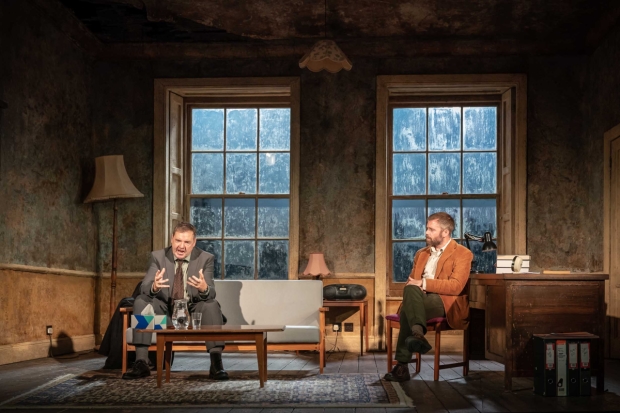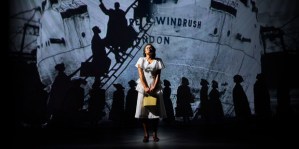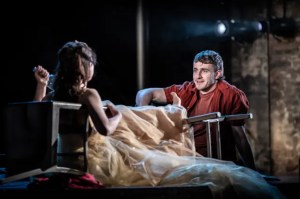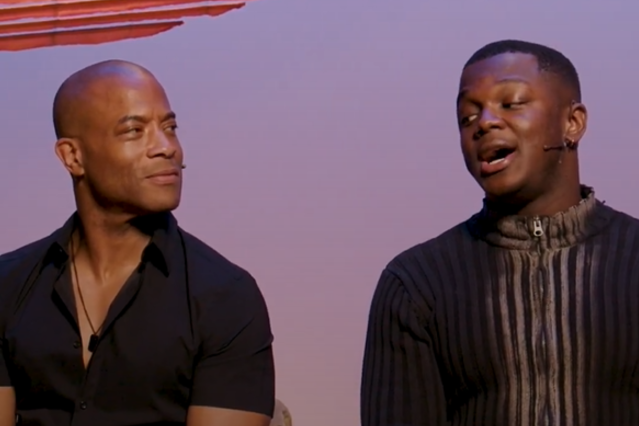Shining City at Theatre Royal Stratford East – review
Nadia Fall directs the play’s first London revival since 2004

© Marc Brenner
Shining City is definitely a ghost story – but that description might be something of a red herring. This play subverts all usual connotations and there are no actual poltergeists or spooky noises in Stratford. Conor McPherson's 2004 piece haunts in a far more subtle and challenging way -–as human beings, how do we come to terms with the most traumatic or suppressed emotions in our lives?
Brendan Coyle is widower John, severely afflicted by the death of his wife and struggling to come to terms with loneliness. Haunted by visions of her, he begins visiting a therapist Ian, and over weeks and months, their conversations bring to the surface deep fissures that neither man have ever wanted to consider, let alone talk about. Ian is played by Rory Keenan and whilst ostensibly is the character supposed to be dishing out advice, it quickly becomes apparent that this is far from a one-way healing process. As an ex-priest, the man has a raft of his own issues to deal with: ranging from a loss of faith to questions over his sexuality and the breakdown of relationships with his girlfriend and daughter.
McPherson's skill in weaving these two lives together derives from what remains unacknowledged and unrecognised between the two men. At times there is a near cosmic energy on stage, and it is humbling to see one character so blindly unaware of the unintentional but sincere impact their words are having on the other and vice versa. With all the distressing subject matter that abounds in the play, the level of catharsis reached by the close makes the previous two hours well worth watching.
John's character in particular feels exceptionally well written – he symbolises the massive insecurities that men of his age have about expressing their emotions but once the words start, not even Ian's session timer can hold them back. It really is a pleasure to watch Brendan Coyle in these moments of confession. There are points in the third scene where you wonder whether the script could come across as ponderous in the hands of another actor, but the sheer weight of emotion Coyle is able to convey keeps you hooked throughout the story of John's infidelities.
By contrast, Rory Keenan's best work is arguably in scenes where he can take a more active role in dialogue, speaking his mind rather than listening and reflecting on John's words. Ian's sexual epiphany with Laurence (Curtis Lee Ashqar) stands out as a particularly moving and tender moment, but the intense interactions with his girlfriend (Michelle Fox) also reveal the facade behind his life as a therapist.
The transformation that both men undergo is neatly mirrored throughout by Peter McKintosh's set design. The stage initially appears dingy and squalid, as the Dublin rain continues to pound down outside. But gradually small details are dropped into Ian's office, whether that be a houseplant or splash of colour, and it is a relief by the end to see the sun shining out of the flat's windows. It feels incredibly apt that Shining City's final scene sees Ian ready to leave the space that has changed and enriched both of their lives in so many ways.


















